Dunu needs no introduction. They have been in the market making some of the best IEMs money can buy for a while. They have not been the first adaptors of new technologies but they know how to refine an existing one to being out the best from it. I have been following them from the day of DK-1000 and then came the DK-2000. They were the best back then and I always wanted one of those. After a short break DUNU introduced the DK-3001, an upgrade with a design flaw, it was a mid forward IEM with a protruding notch in the inner body to accommodate the BA drivers which after a while gets uncomfortable. Then they brought us the mightier stuff, 4001, SA6, Zen and Luna. They refreshed their Titan line up with Titan S and here we are. What I have here with me is their first planar based IEM, Talos. It’s not a standalone planar but a hybrid. Its 14.6mm dual chamber, dual sided orthodynamic driver gets some help from a set of compound BA drivers to deliver better clarity and details across spectrum, in hybrid mode. One can experience the planar only mode with a flick of a switch. Priced at $200, Talos ships in only one color, Black.
I will be comparing it with the SeekReal Dawn and Shuoer S12 pro.
Get one from here:

ACCESSORIES AND UNBOXING:
Talos ships within a good looking black box with the specs printed on the back. The unboxing experience is very simple. List the top carton and the earpieces are stuffed inside foam while the cable is placed in a paper box under it. All other accessories can be found inside the turquoise colored carry case.
Dunu is really generous with the set of tips. It ships with the new reversed and 2 more sets of dunu specific tips in S/M/L sizes. There are no foam tips out of the box though. A 6.5mm connector and a cleaning tool end the list of usable list of accessories.
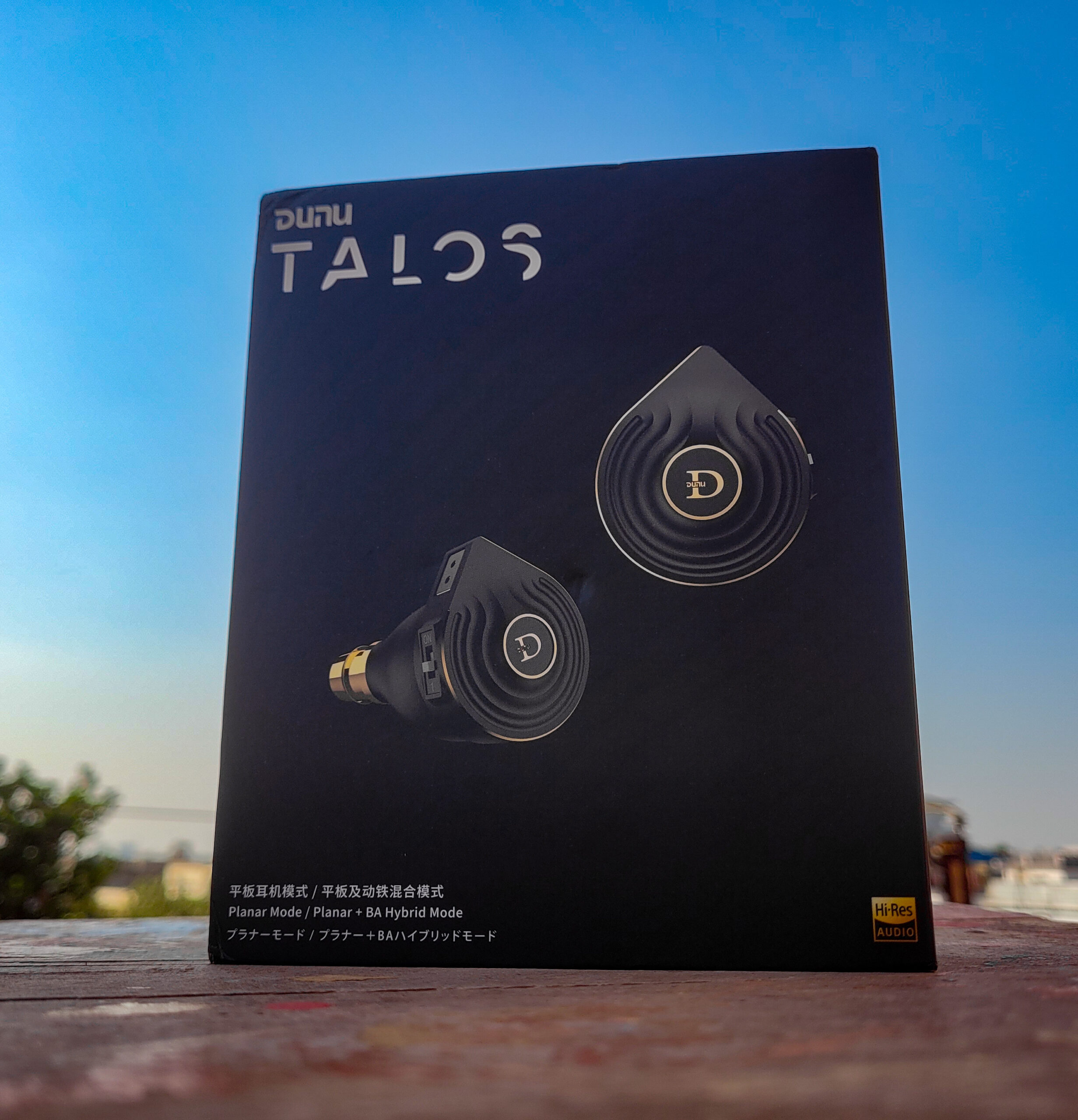
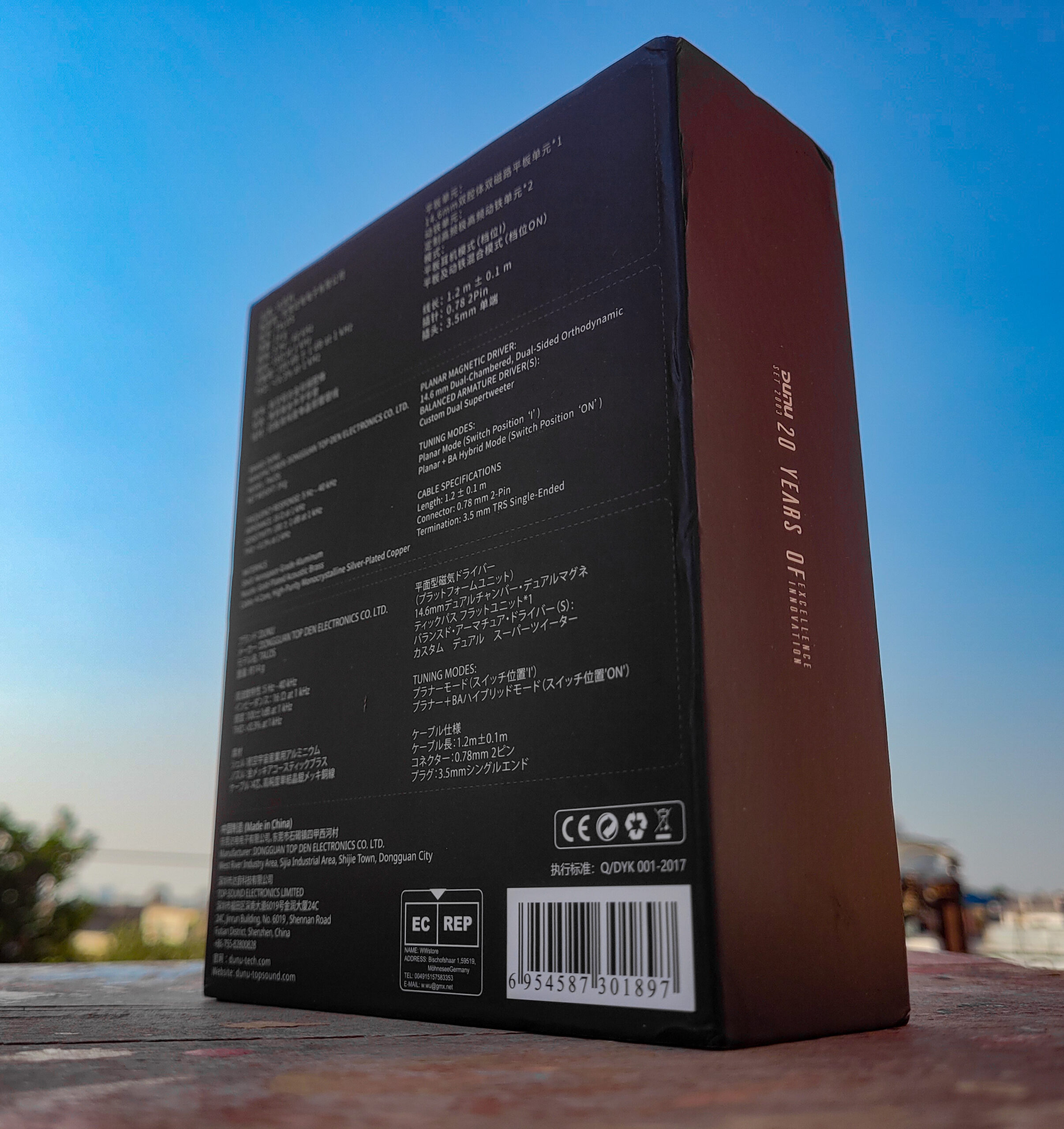

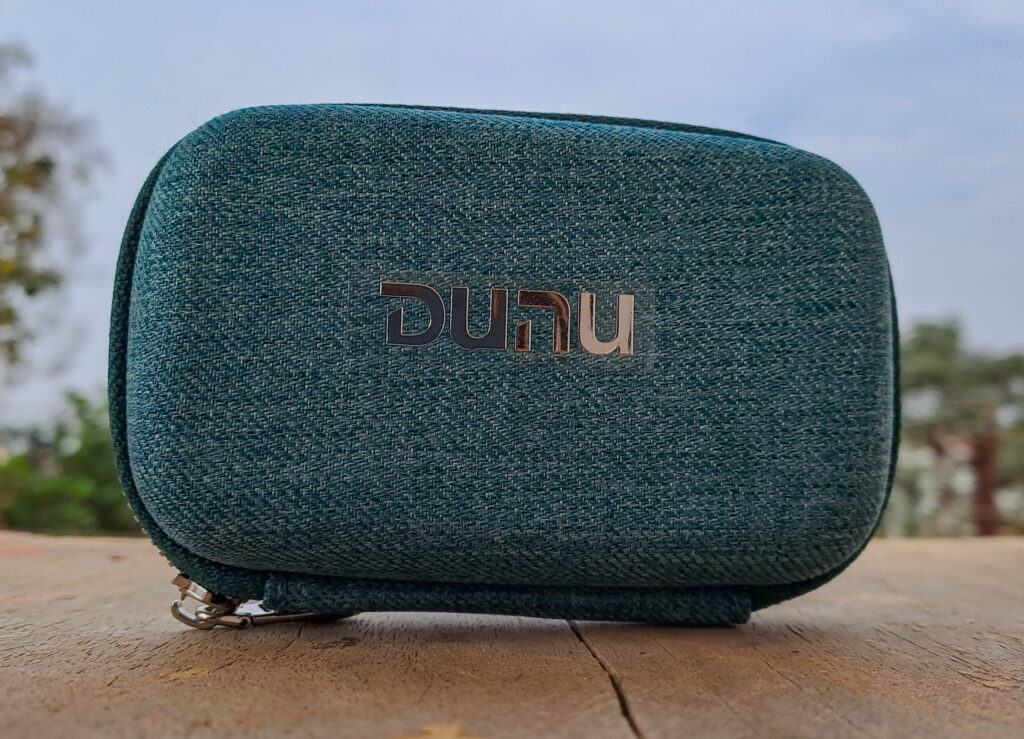
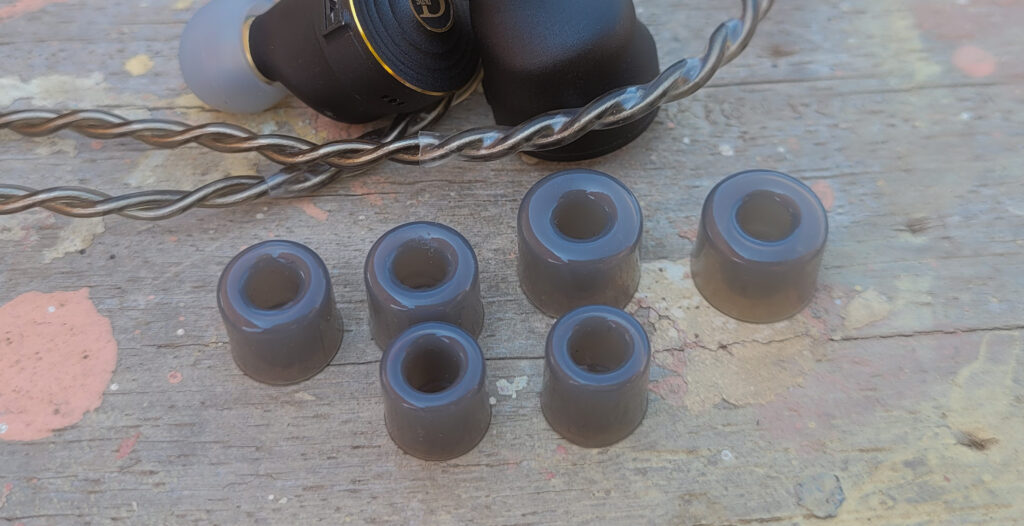
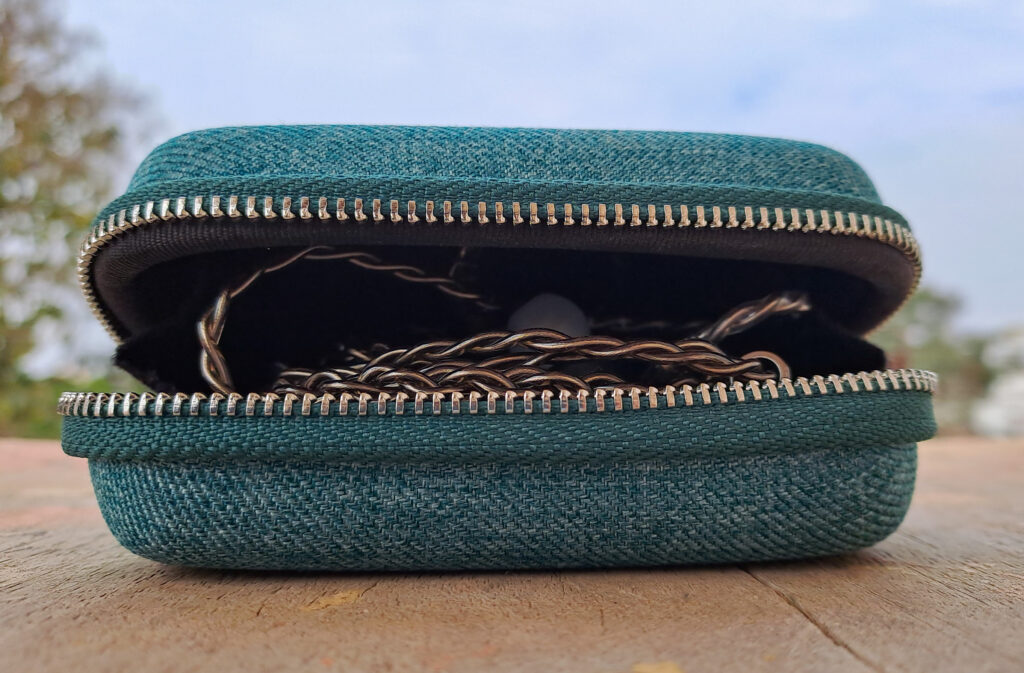
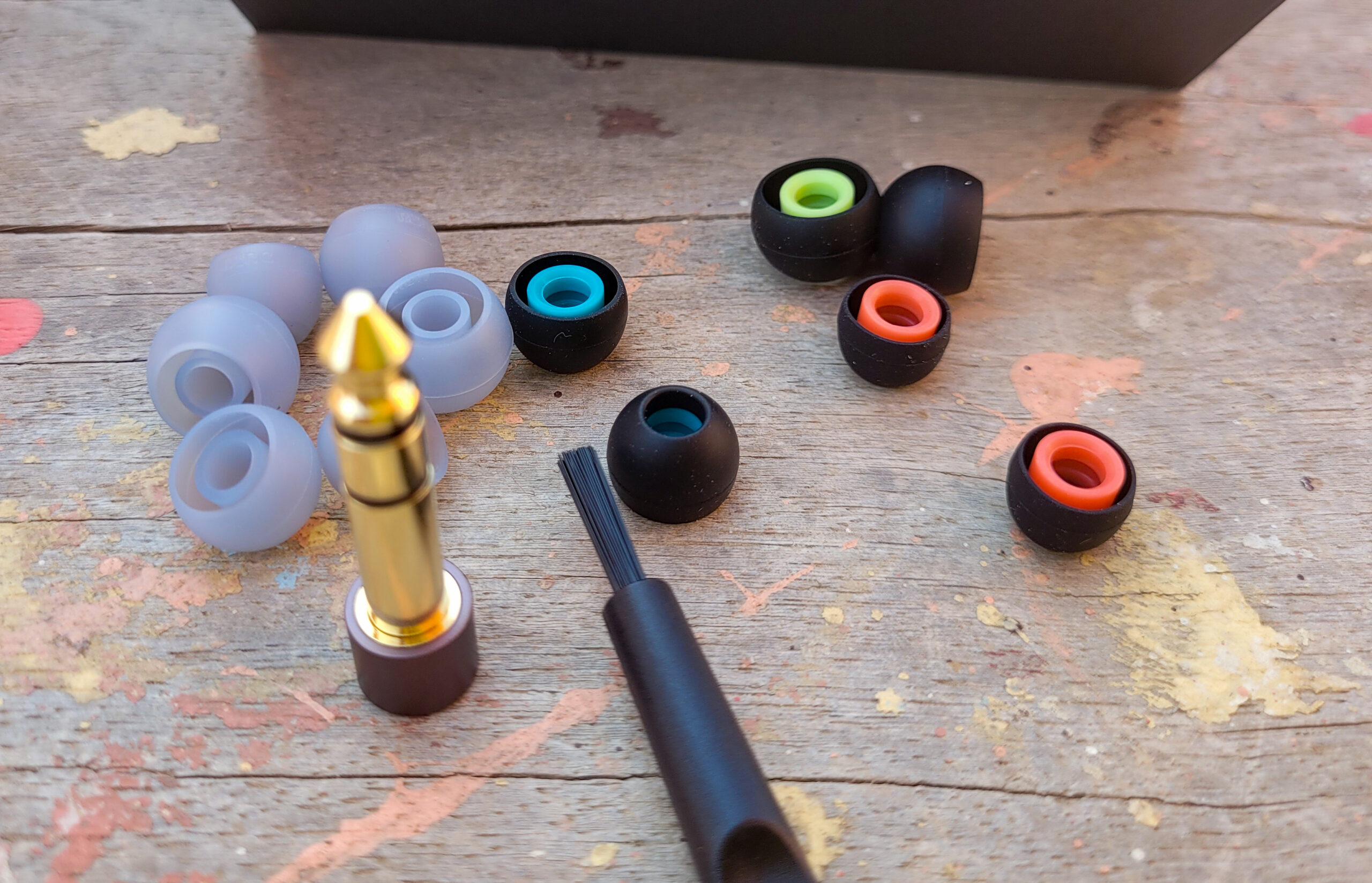
BUILD AND ERGONOMICS:
There isn’t a lot of information available about the material used but it’s made out of aviation grade CNC aluminum alloy while featuring multiple air vents on both front and back. Thanks the metal build the switch feels very sturdy and stable, so is the IEM. I am not sure what will happen to the drivers if the earpieces are dropped on hard floor but there won’t be any damage to the body for sure.
Even though Talos doesn’t have a custom type shell it has the curves at the right places, giving it a very comfortable and stress free fit. One doesn’t have to adjust it constantly. I love the long nozzle too, it keeps the IEM stable while giving a sense of security inside the ear.
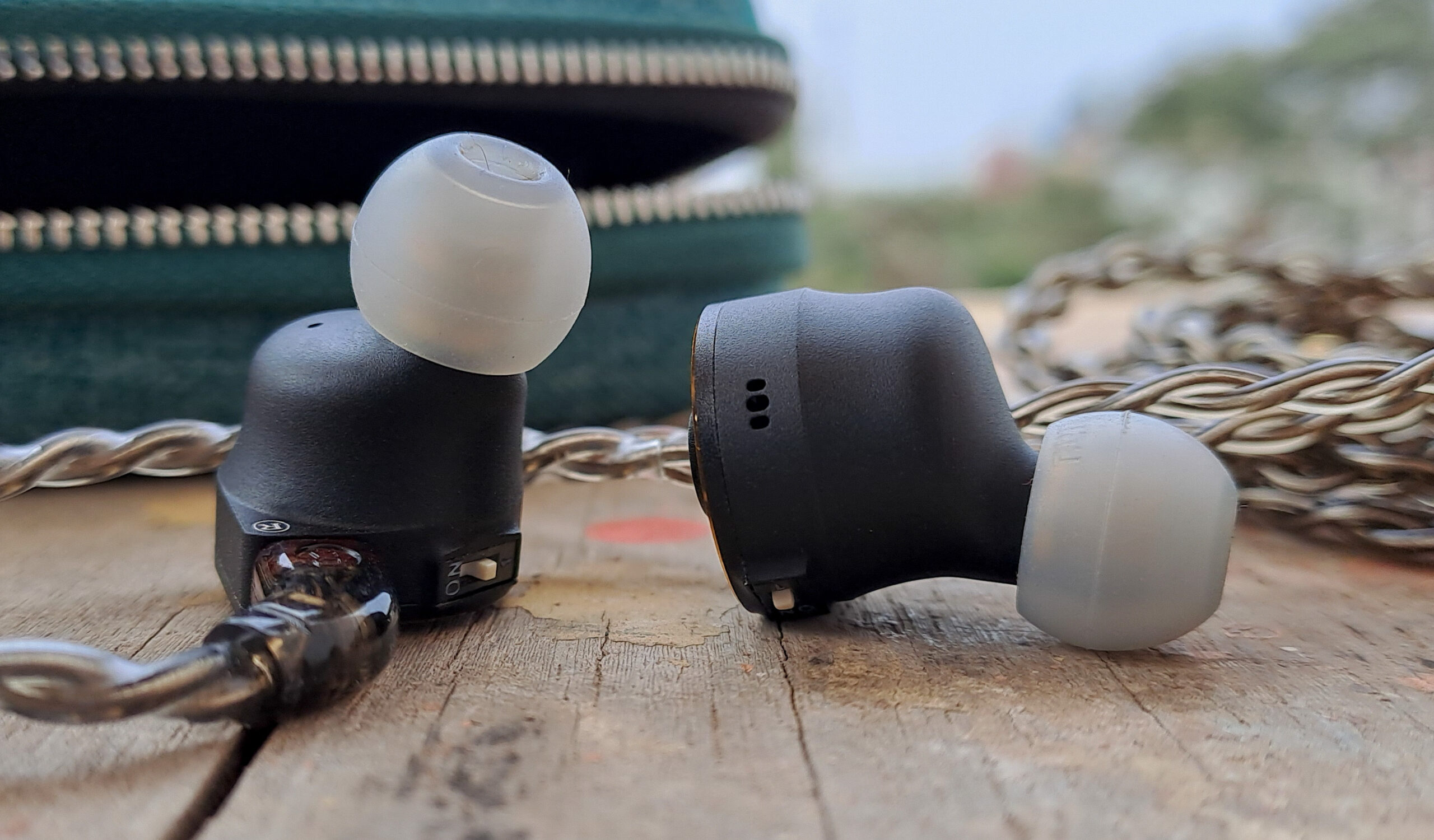
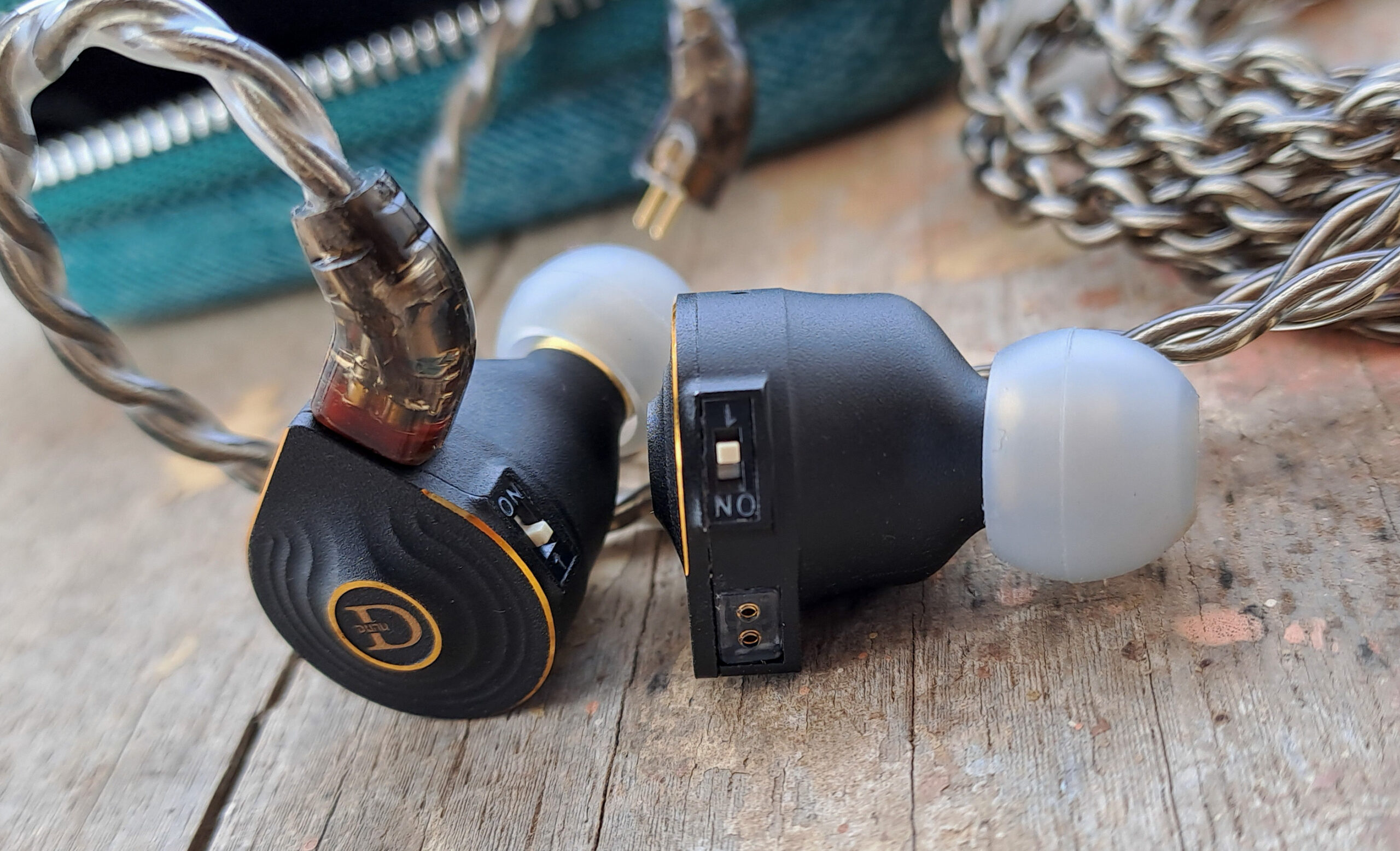
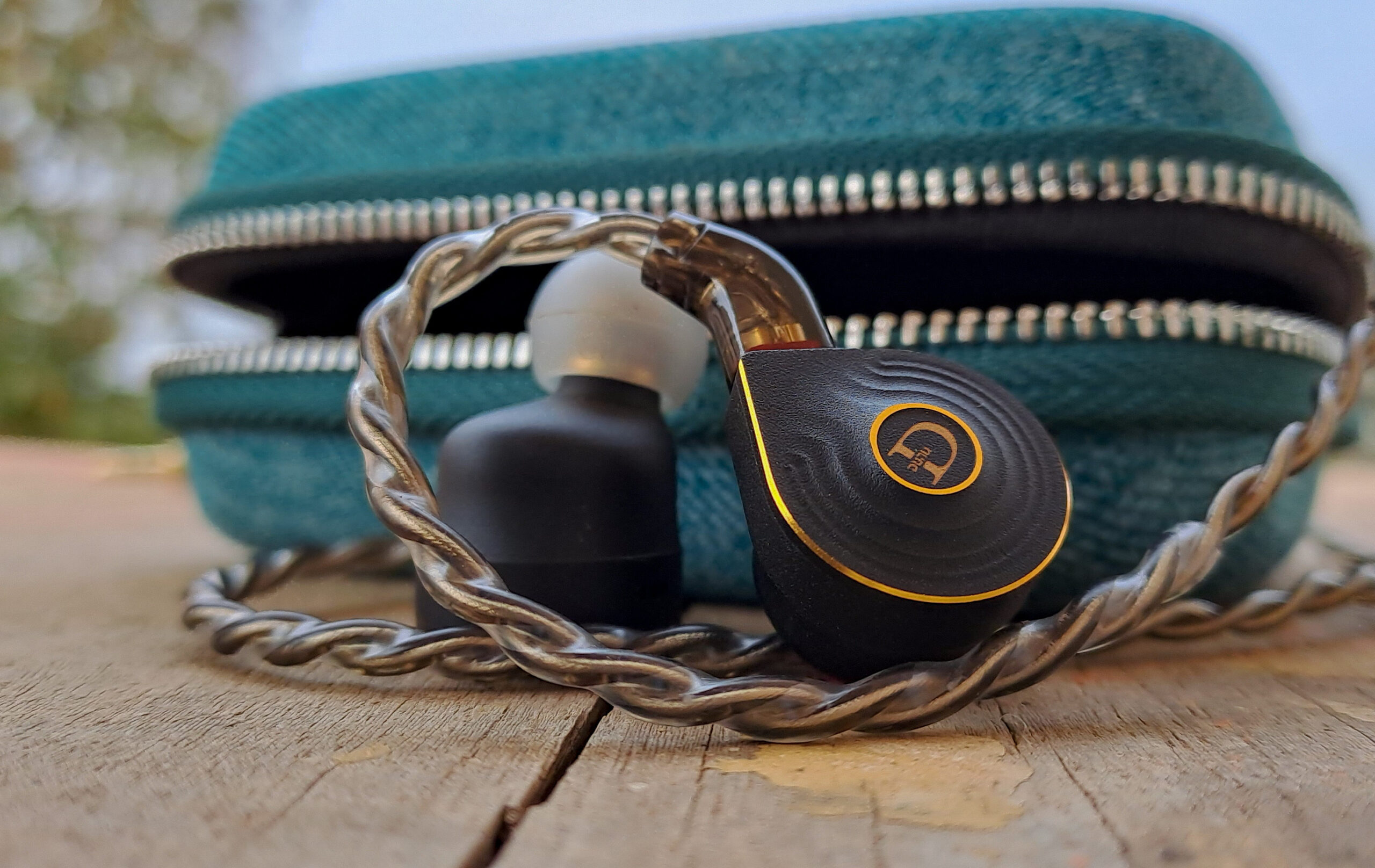
CABLE:
Talos ships with a good looking cable that compliments it aesthetically. This 4 core litz cable uses silver plated OCC wires for high quality output. I find this cable to be a bit on the stiffer side, it’s a bit bouncy and has some memory too. I didn’t encounter much microphonics but it wasn’t absent.
This cable has very good build quality and can withstand a few yanks without any issues. The components used are aesthetically pleasing too. I would have liked the cable guide to be a bit on the softer side but it’s not stiff or clamping tightly.
Overall it’s a good quality cable. I would have liked modularity with this but that might have warranted a premium over the current price.
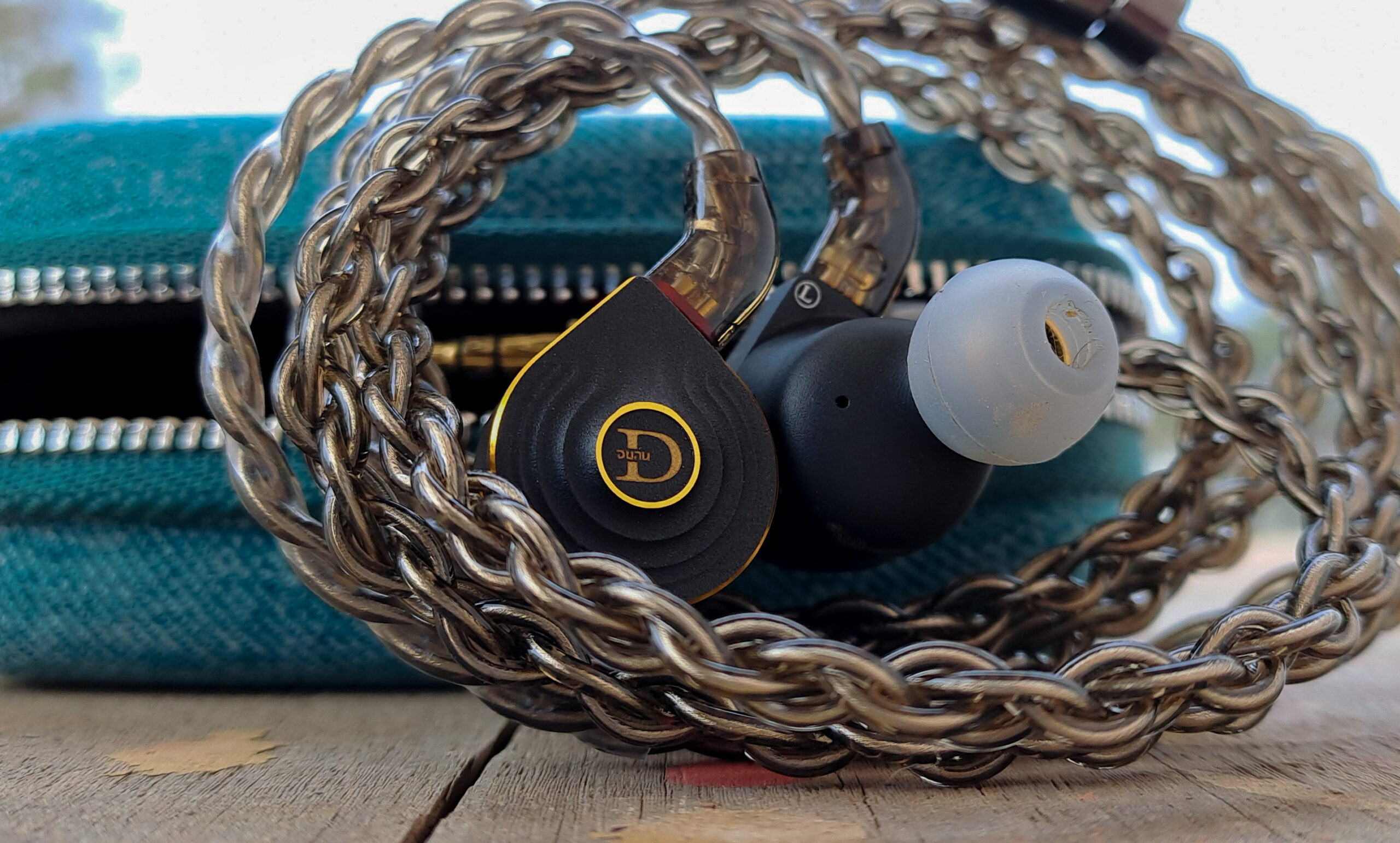
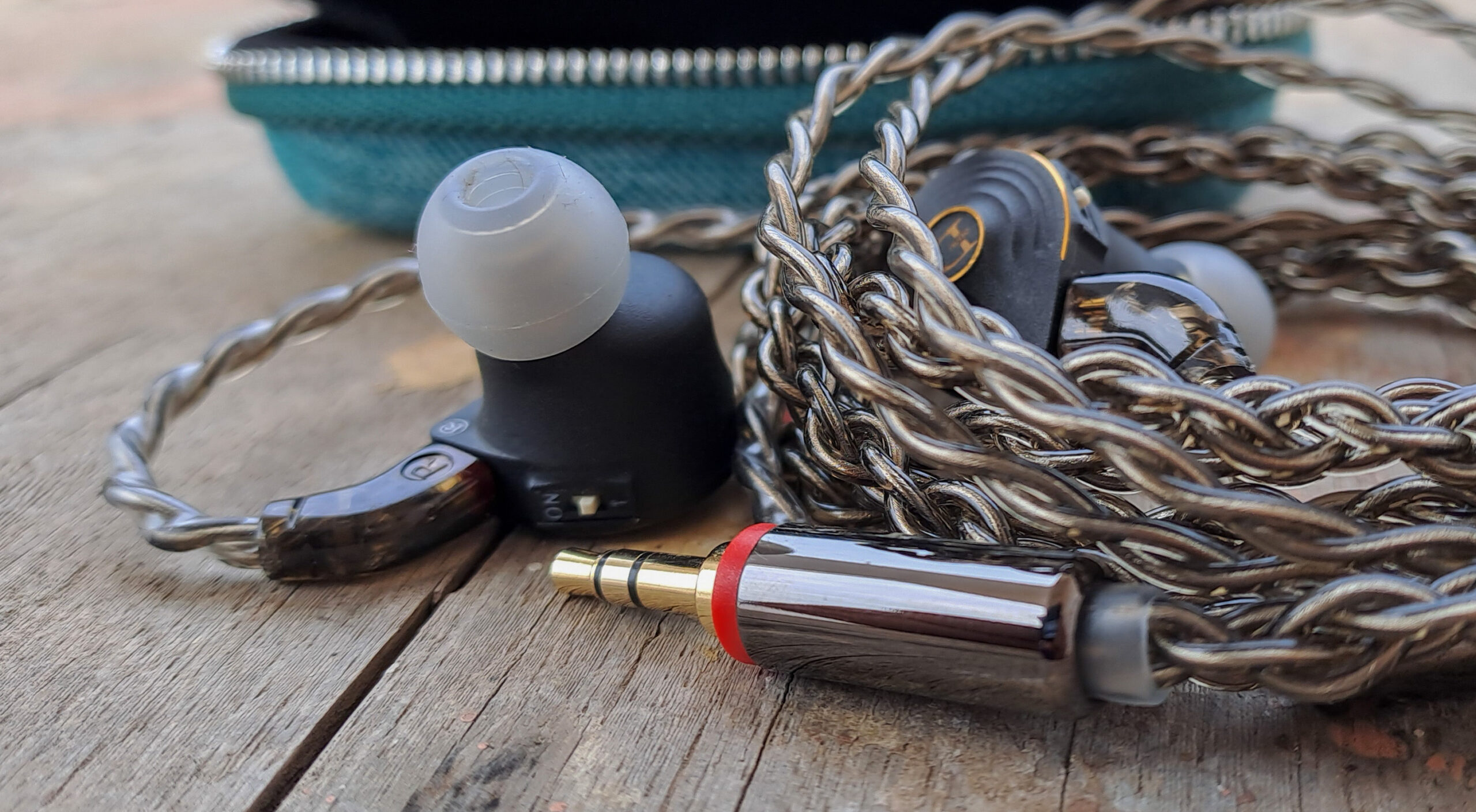
MATCHING WITH SOURCES:
Planar drivers as we all know can handle good amount of power but the BA might not and I am not sure how the Hybrid mode responded as I was unable to make it sing according to my preference but the Planar only mode opened up with extra power without any issues.
It’s impedance of 16ohm and sensitivity of 100db at 1khz do not fully reveal the need for power. It’s not that Talos sounds bad when driven out of a mobile phone but it doesn’t sound the best when used with a mid range mobile phone’s 3.5mm jack. The lack of definition and resolution are the basic issues.
It opens up with decently powerful dongle DAC/amps and I was pleased with its pairing with my Shanling UA5. It brings out better transparency, better clarity, definition and cleaner floor too.
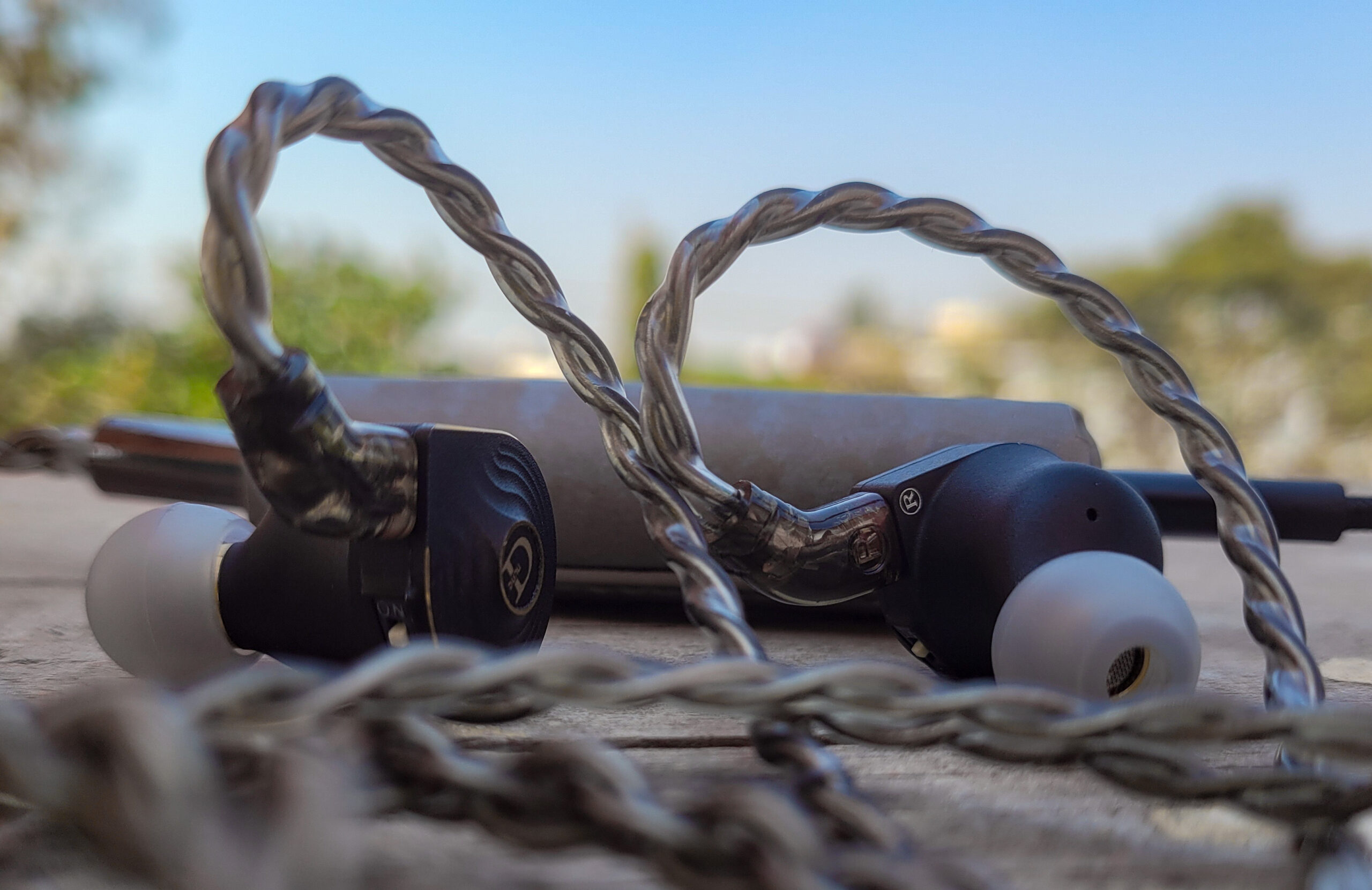
SOUND QUALITY:
I never heard a Dunu IEM that didn’t like and I had high hopes for the Talos. The Falcon Pro was largely good but had it’s own share of flaws and I was expecting Talos to do better than Falcon Pro and it’s better in most of the disciplines.

This Planar Hybrid has a tuning switch. To engage the Hybrid system just push the switch to ON. This hybrid tuning is concerning for me. It’s largely aggressive and on the face with a V shaped signature. The whole treble range gets taller and sharper and this introduces some vocal sibilance too. The bigger problem is the treble sharpness, it’s very sharp and tall and are not spaced well. Instruments feel congested and this whole scenario makes things uncomfortable. Yes, the added resolution and transparency is welcome but it’s on the face nature is not helping. The signature too is a bit on the bright, thin and metallic side.
There are no changes to the lower end thankfully.
Then comes the other side. Planar only mode where things are much better. It has lesser aggression, less bite and better control with a more accurate timber. This review of Talos is more about this tuning.
I am using stock smokey tips and Shanling UA5 for this review.
BASS:
It’s a planar based IEM and we can safely assume that it’s not lacking with lower end. Talos delivers a fairly healthy bass sub-bass extension and rumbles are decent but not on par with what the Seekreal Dawn and Shuoer S12 pro delivers. Mid bass though is well defined with faster decay. Of the 3 Talos is the cleanest with high quality resolution and transparency, its definition is a notch above too. One can pick individual notes easily. Its area of impact is bigger than S12 pro but is a bit smaller than Dawn. Notes have decent body & weight too. I did find it to be lacking a bit of texture on the body but it’s something really rare to find on a $200 IEM. Upper bass is well within the limit and nicely blends into the lower mids but is still on the leaner side.
One can easily perceive that even though Talos is good with the lower end it’s not very dynamic. It does not do well with either very soft or harder notes, but for majority of the lower end, it does well.
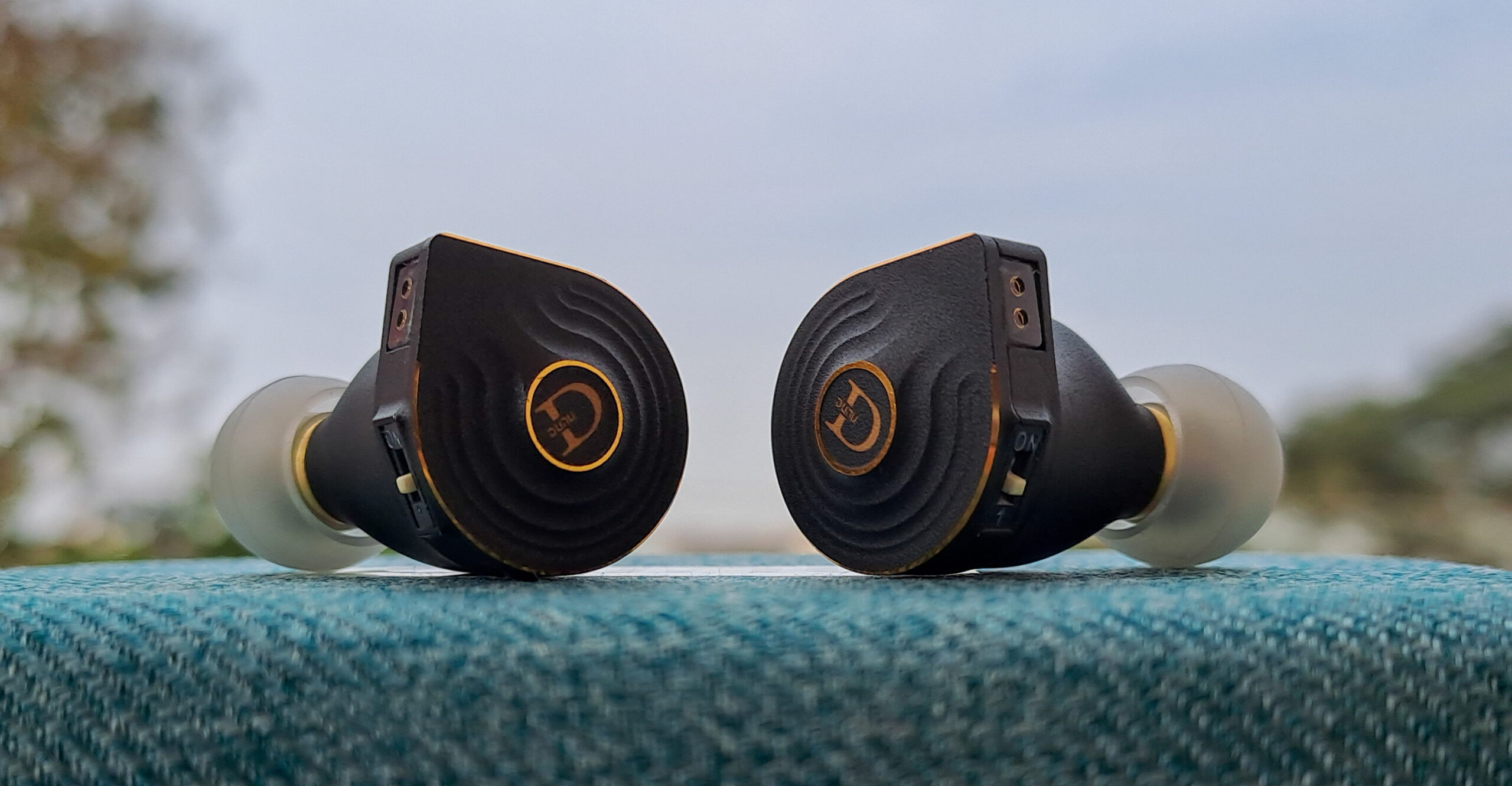
MID RANGE:
Even though the hybrid is tuning is V shaped, the Planar mode doesn’t balance the spectrum either, it just doesn’t have the heightened notes at the treble region which makes it a bit more linear. The best part of this mid range is the clean and precise definition and presentation. There is no veiling at the floor elevating the amount of perceived details. Yes, notes are a bit on the thinner, taller and slightly sharper side but that leads better transparency. Hybrid over does the sharpness. Unlike a W shaped tuning, notes around the vocals are taller, exhibiting better resolution.
Vocals have to be one of the weaker disciplines of this IEM. It has the clarity, precision and transparency but it’s slightly on the thinner and sharper side giving its timber and tonal accuracy a uniformly leaner feel. Because of this, Talos is unable to produce softer vocal notes and throatiness of male vocals is less pronounced while female vocals are a bit leaner. It’s not bothering but those who like analogue presentation might find this to be a bit bitier but those who like the extra bit of traction and energy will appreciate it.
Another thing that bothers me is the lack of air. There is little room between vocal notes, these notes have very good height and the finishing is very well defined but it feels clumsy in the body region.
HIGHS:
This is where things get weird. In the hybrid mode everything is sharp, thin and aggressive, it’s still is not unpleasant and those who like extra bit of definition will love the added shimmer of cymbals and violins notes. The extra sparkle with very good extension is a delight for treble lovers. Layering and separation are very good.
But those who don’t want the extra bits, have to switch to planar only mode. This mode doesn’t have the extension or sparkle, in fact its upper treble is on the darker side. There is a bit of extra energy in the lower treble region but that drops aggressively after the mid treble region. This gives the treble region a more relaxed and less engaging feeling. Layering and separation suffer thanks to the lack of energy.
STAGE AND IMAGING:
Talos has a very good staging. It’s a planar driver after all. The hybrid mode has a well rounded stage with a bit of depression in the vocal region. It has taller notes with slightly above average width while the Z axis depth is average. The Planar only mode has taller notes close to the head but gets smaller as notes move away from the head and is less wide too.
Most of the bass and vocal notes are placed inside the head but some do project out thanks to above average sonic abilities. Treble notes are more spread. Talos has very good back and foreground separation but there is no central act here. Sonics are very good, on par with Shuoer S12.
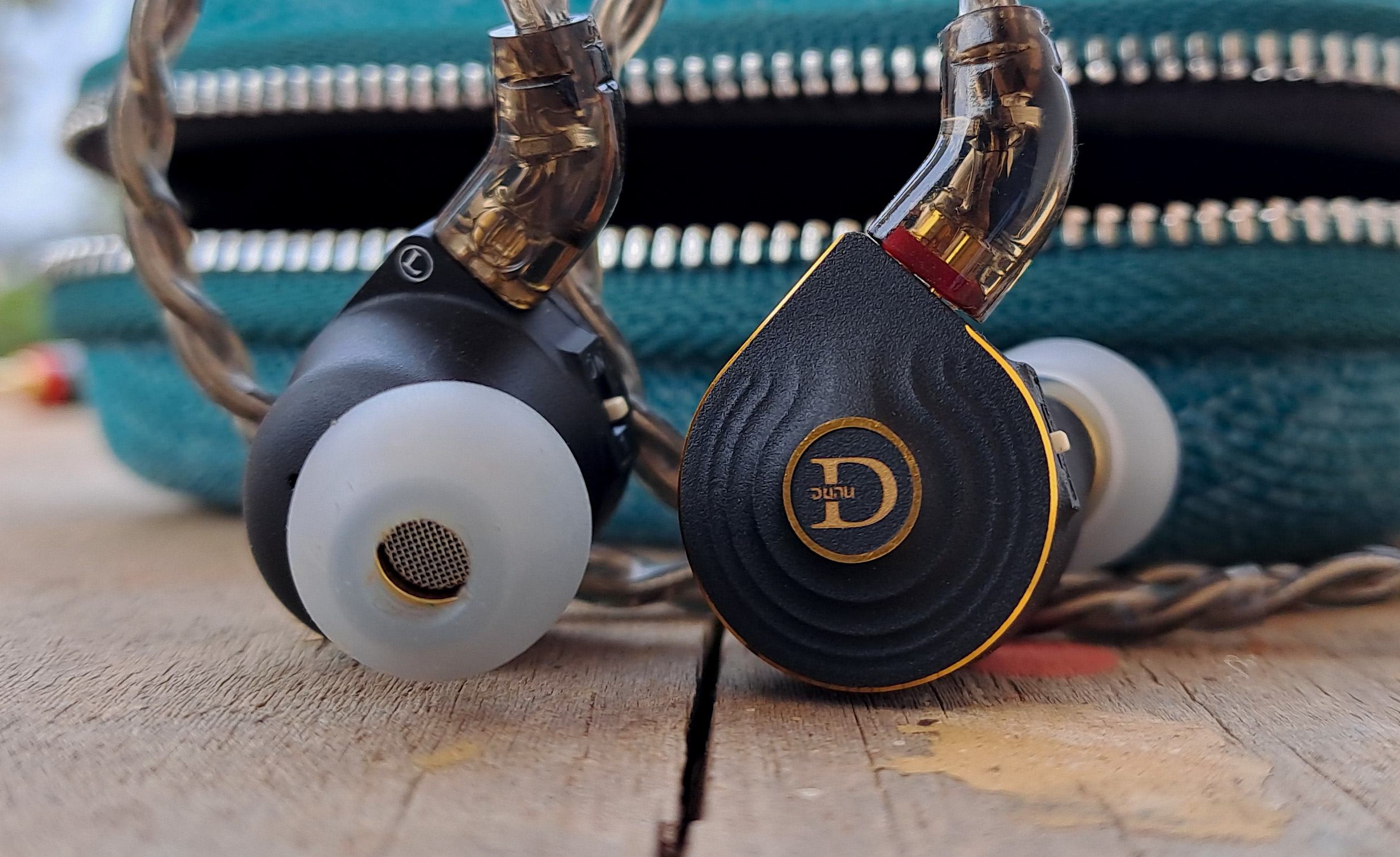
COMPARISON:
CONCLUSION:
I agree that I am a bit harsh on this very good sounding IEM. It has very good clarity and details and the stage is well expanded too. One needs to keep in mind that Dunu makes better and more expensive IEMs too and a cheaply priced IEM cannot be tuned for both superb tonal accuracy and precision, for that they still have the est112 and SA6.
Talos does everything good except the extra bit of treble aggression in the hybrid mode and a bit thinner notes in both modes and thanks to this Talos is unable to produce softer, smoother notes, compromising its dynamic range.
My first impression was positive, I thought wow!! This got the goods, I like it, but while reviewing something, I need to be neutral and here I am, criticizing this very good sound IEM for its minor issues.
Nevertheless, what’s not good has to be told, it’s okay if you don’t get exactly what you want but you shouldn’t get what you are not comfortable with.
Thanks for reading guys, cheers.



